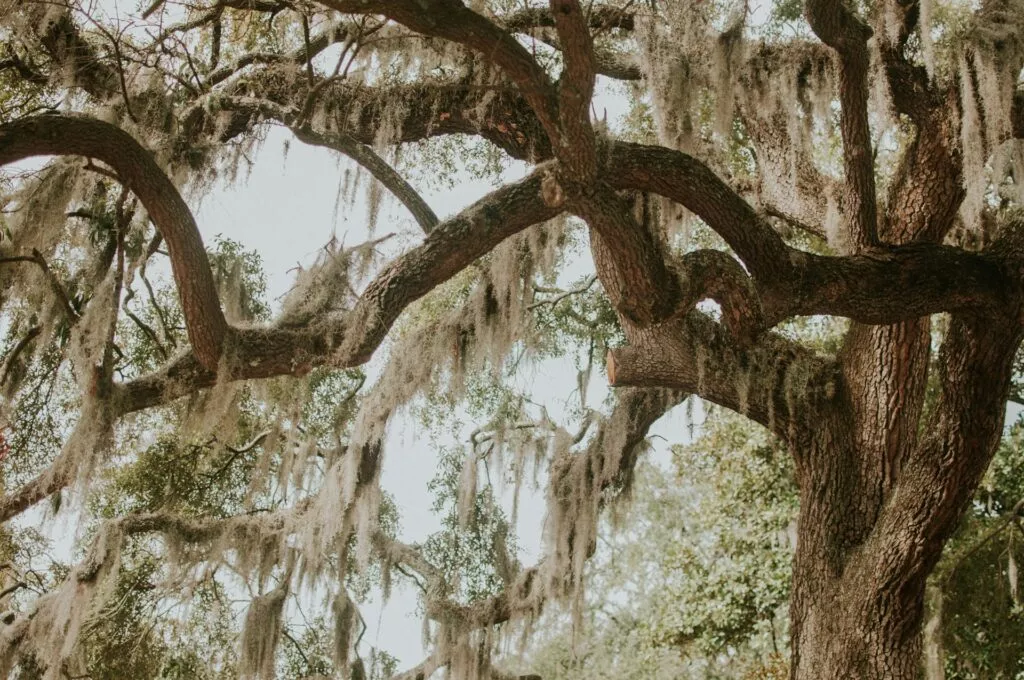19″Maybe I do not have the lynx eye
Cartier-Bresson talked about,
I'm more rested,
I'm staying with what's there,
static.”
Graciela Iturbide
Mexico has a very interesting visual culture, from painting to film – and in the midst of it all, of course, fits (and very well) photography. Mexico has something special. In fact, it’s the destination I enjoy visiting the most. The mixture of pre-Columbian beliefs, various European influences, and its singular Mexican intellectual roots make this land a visual wonder.

Today I want to post an ode to Mexico, in which I will introduce you to five Mexican photographers. Their work speaks splendidly not only of their vision, but of Mexico as such.
Nacho Lopez was an important figure in Mexican photojournalism. I discovered his work thanks to a friend who lent me a small book that contained some of the photographer’s essays. The most evident feature of his work was his fascination for directing his lens toward the ordinary life of Mexico City. Nacho López is credited as the pioneer of photographic essays (similar to what’s attributed to W. Eugene Smith in the United States). These essays were meant for publication in weekly pictorial magazines. Among Lopez’s interests included jazz, dance, indigenous cultures, literature and the atomic apocalypse, among other cultural manifestations.

He knew how to show, in a very courageous way, aspects of life that were distant from the contemporary elites. He showed images of poverty, marginalization and everything the elite of Mexican society refused to see. “He was interested in communicating the condition of the humble as subjects in the world instead of portraying them as objects.”
Many of his images are impressive. I can't identify any favorites, but I have something great to share. Inside my favorite library, one day I found myself reading a wonderful book – well, it was really a magazine, but it had 484 pages – about the essay work of Nacho López. Best of all, it’s available online. I leave it here for you.
Like many great Mexican photographers, Graciela Iturbide had an opportunity to learn much from the wise mind of Manuel Álvarez Bravo. She entered film school to become a film director, like most of the students that enrolled in that entity in those days. But then she discovered something that changed her life forever: photography.

The images of Graciela have a special aura I cannot explain in words (which is rare for me). I’m sure my words won't do justice to Graciela's vision of photography, and it would be better to hear from her own mouth what photography means to her.
You can see more of her work on her personal website here.
Although he was born in Spain, Pedro Meyer is considered one of Mexico’s most important photographers. He is recognized as a pioneer of the digital revolution in contemporary photography in Mexico, and is also the founder and president of the Mexican Council of Photography.
His work goes beyond photography as such. He has dedicated his life to the teaching, editing and curation of photography. He created the ZoneZero website, which includes the work of nearly a thousand photographers from around the world.

The honesty of Pedro Meyer's statements is regularly labeled as controversial, even polemical, and in more than one instance has caused a stir. In this video, we can hear a little of this great contributor to photography. His images can be seen here. His photographs are unique. For me, he speaks as a photographer who has a truly deep love for photography.
Manuel Álvarez Bravo (1902 – 2002)
He is considered to be Mexico’s first artistic photographer and is perhaps the most important figure in 20th-century Latin American photography. He taught himself the craft while taking art classes at the Academy of San Carlos. His art was influenced by the Mexican muralism movement and the general cultural and political dynamics of the time.
He started photographing abstract paper forms, but became known for capturing the rise of post-revolutionary Mexican culture. He photographed everything, and his career lasted approximately 70 years, from the late 1920s to the ‘90s. He was known for being extremely warm and committed to photography. His images often had a poetic quality that perfectly reflected his poetic nature. He was known for titling his images, and those titles were obviously influenced by poetry. From surrealism to street photography, from still-lifes to landscapes, he did everything using an extremely careful approach.

You can see more of his amazing and consistent vision of the world here.
Last but not least, we have Lourdes Grobet, who has a deep passion for the Mexican identity. She has photographed conceptual images, and life related to the theater, but is best known for her unique documentation of the Lucha Libre wrestlers.
All her projects have brought her a lot of things, and she loves experimentation, too. She has approached her subjects with slides, infrared, black and white, and other media. Photography, for her, has been always a language she can use to express her ideas and herself.
You can see more of her work here, and you can also watch a magnificent interview with the one and only Ted Forbes.
All the Mexican photographers featured above are true patriots who have delighted generations of people with their wonderful talent.







3 Comments
Thanks for sharing this about Mexican Photographers. I enjoyed reading it..
Thanks a lot Isidro, I’m really pleased you liked it.
When it comes to photo journalism in Mexico, Agustín Casasola was a pioneer and owner of many iconic photgraphs.